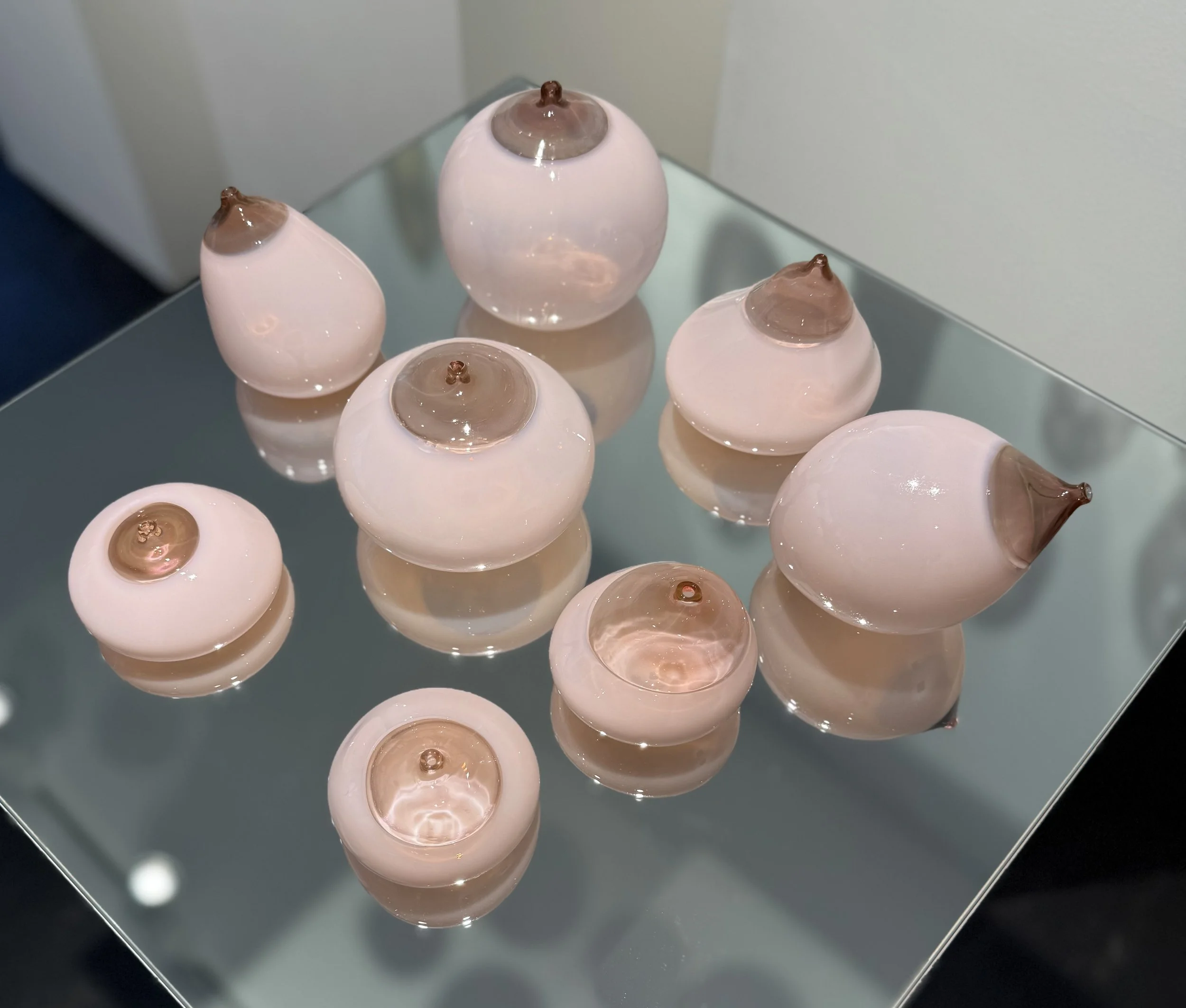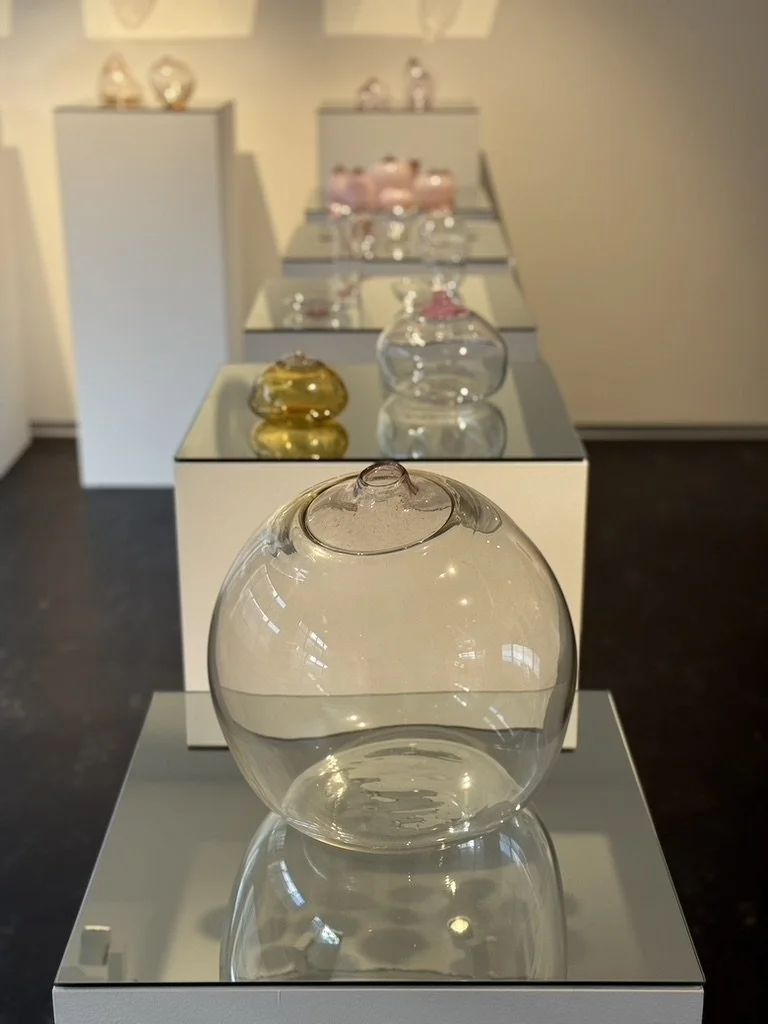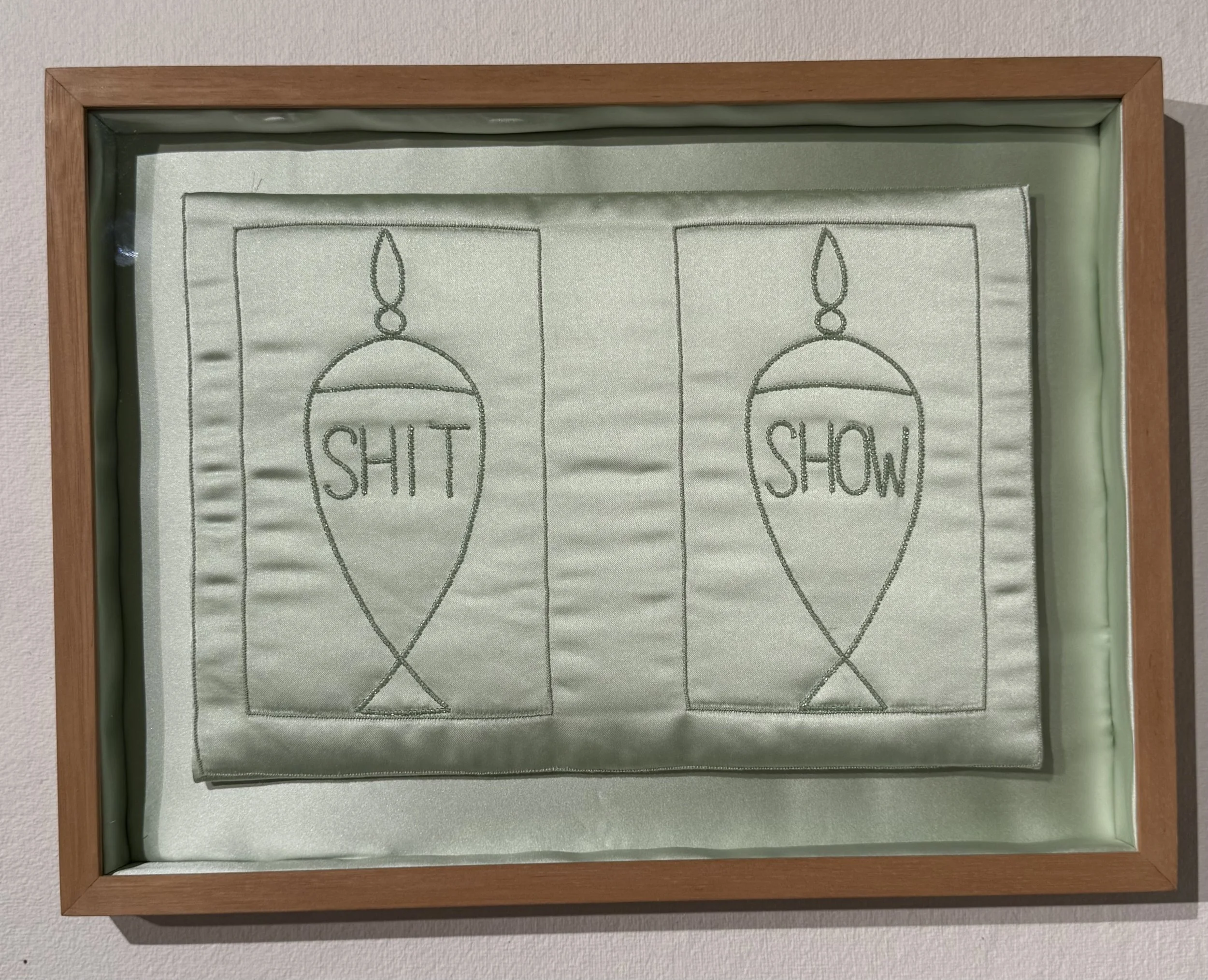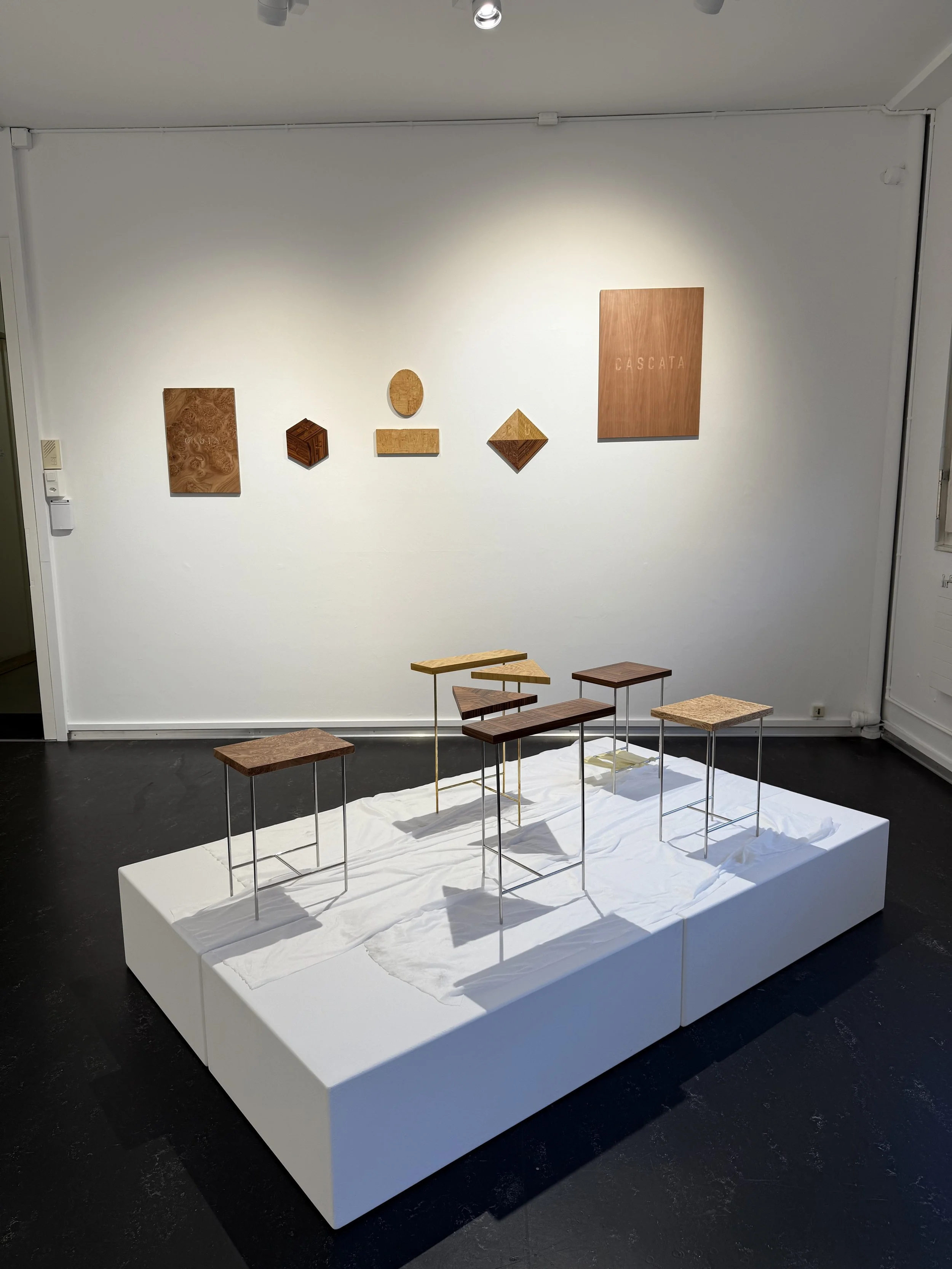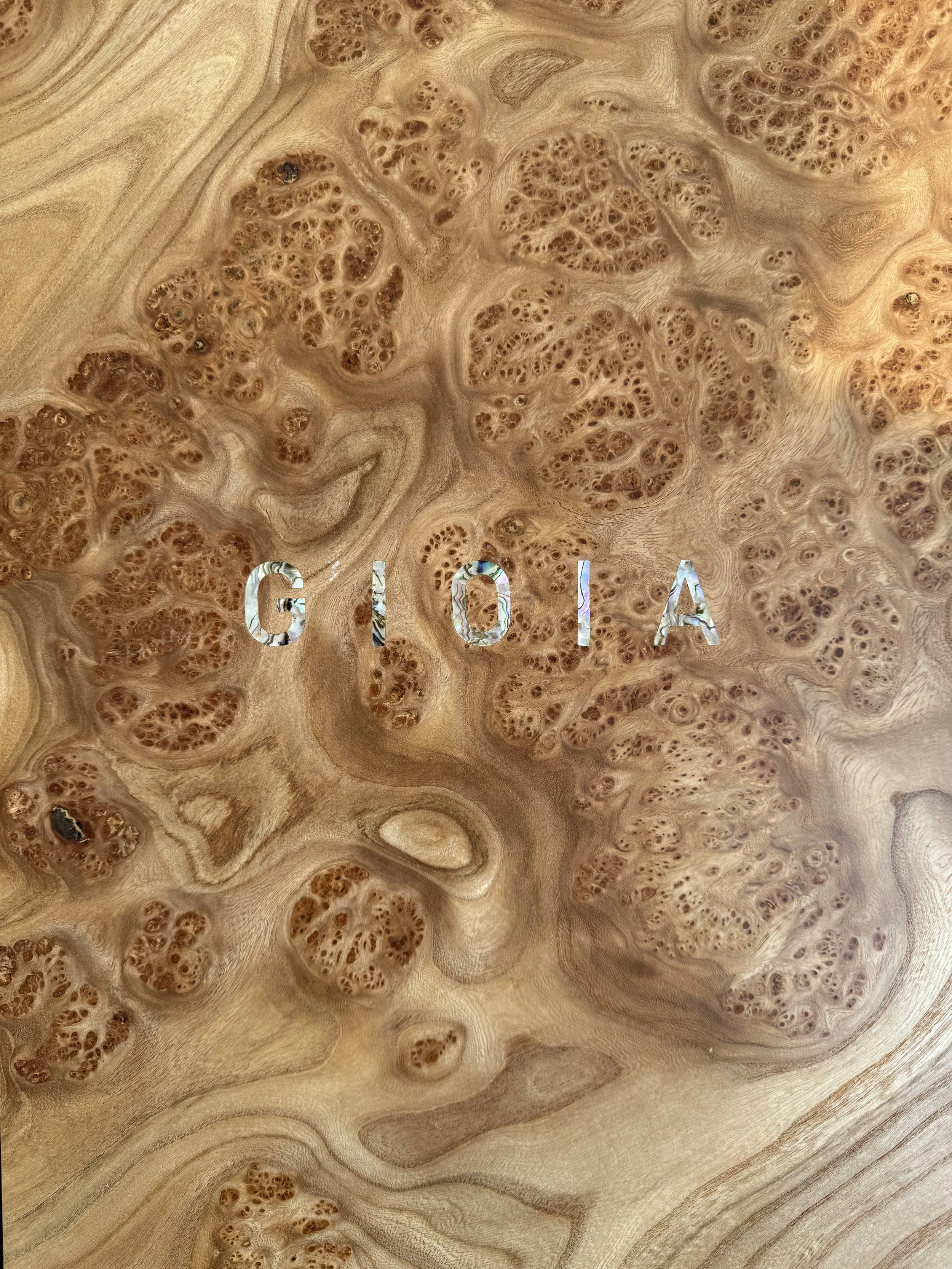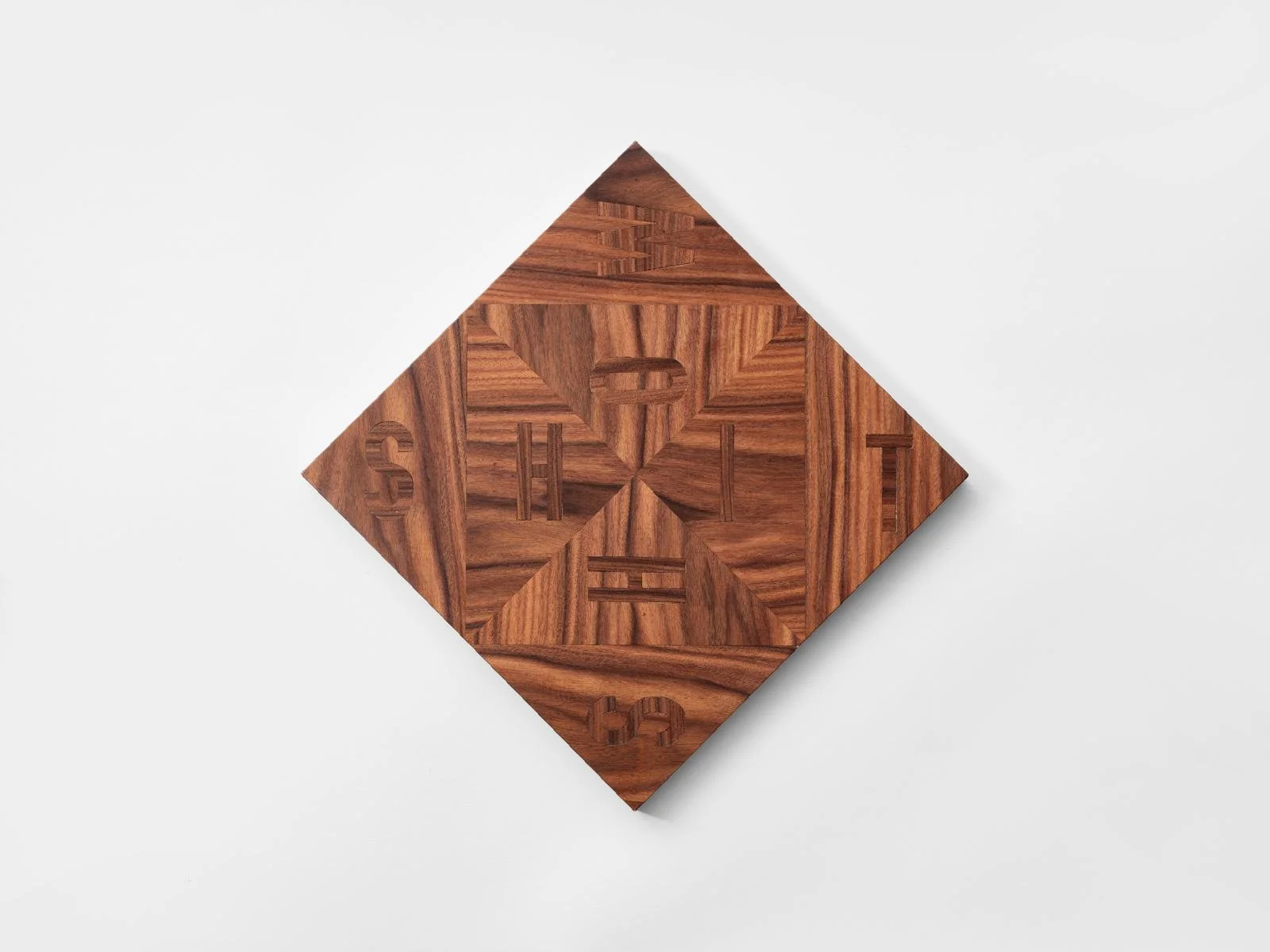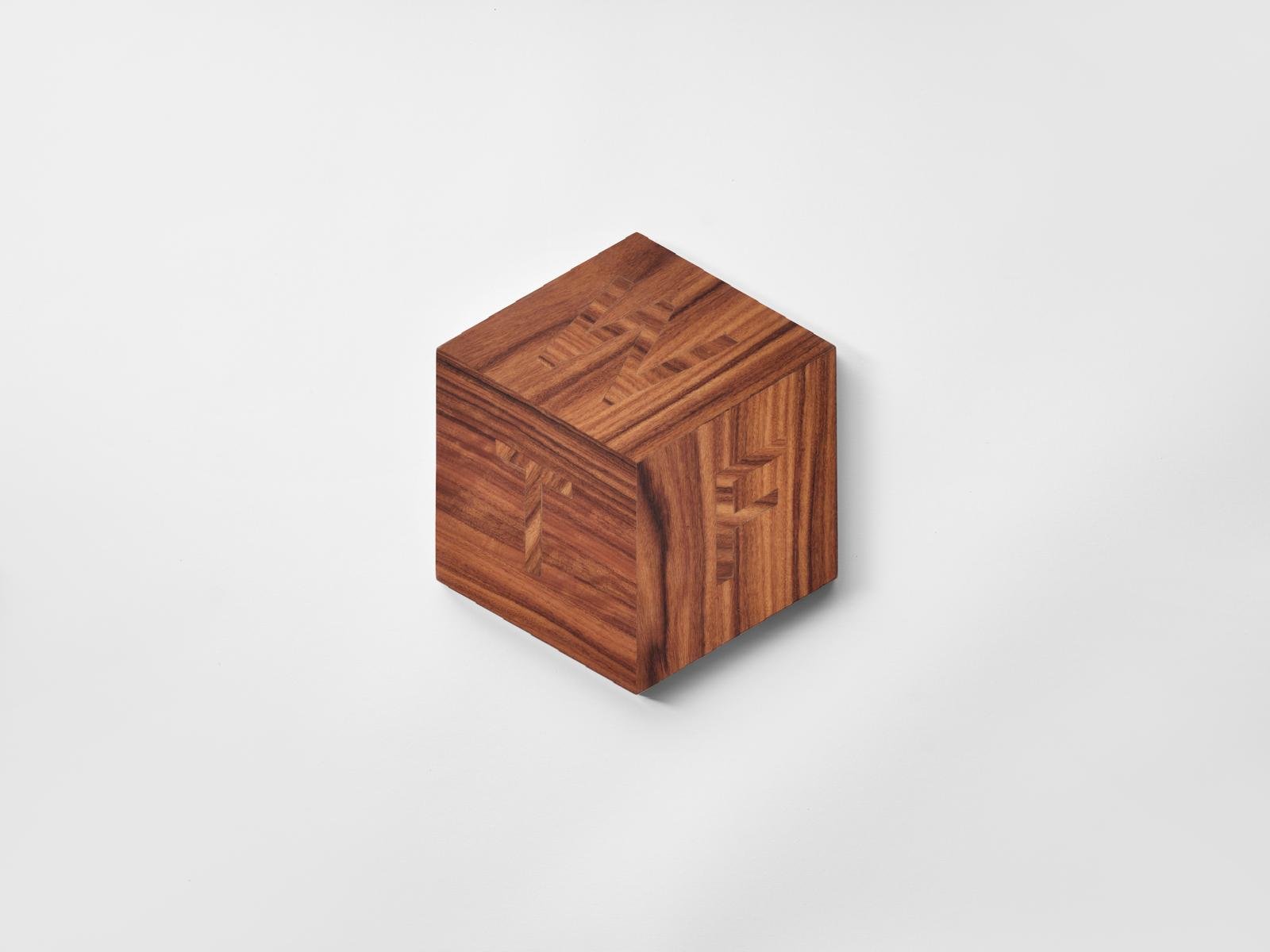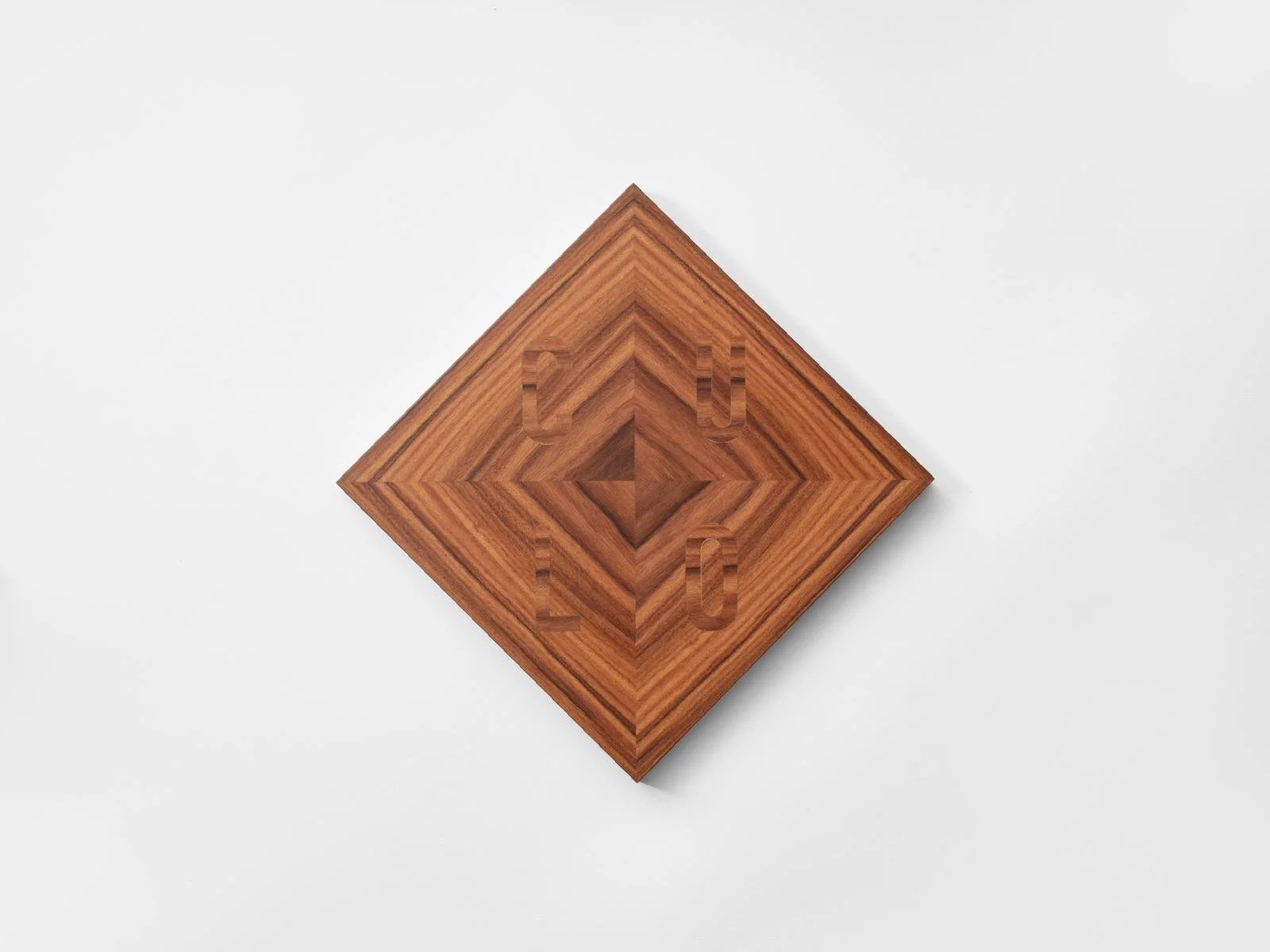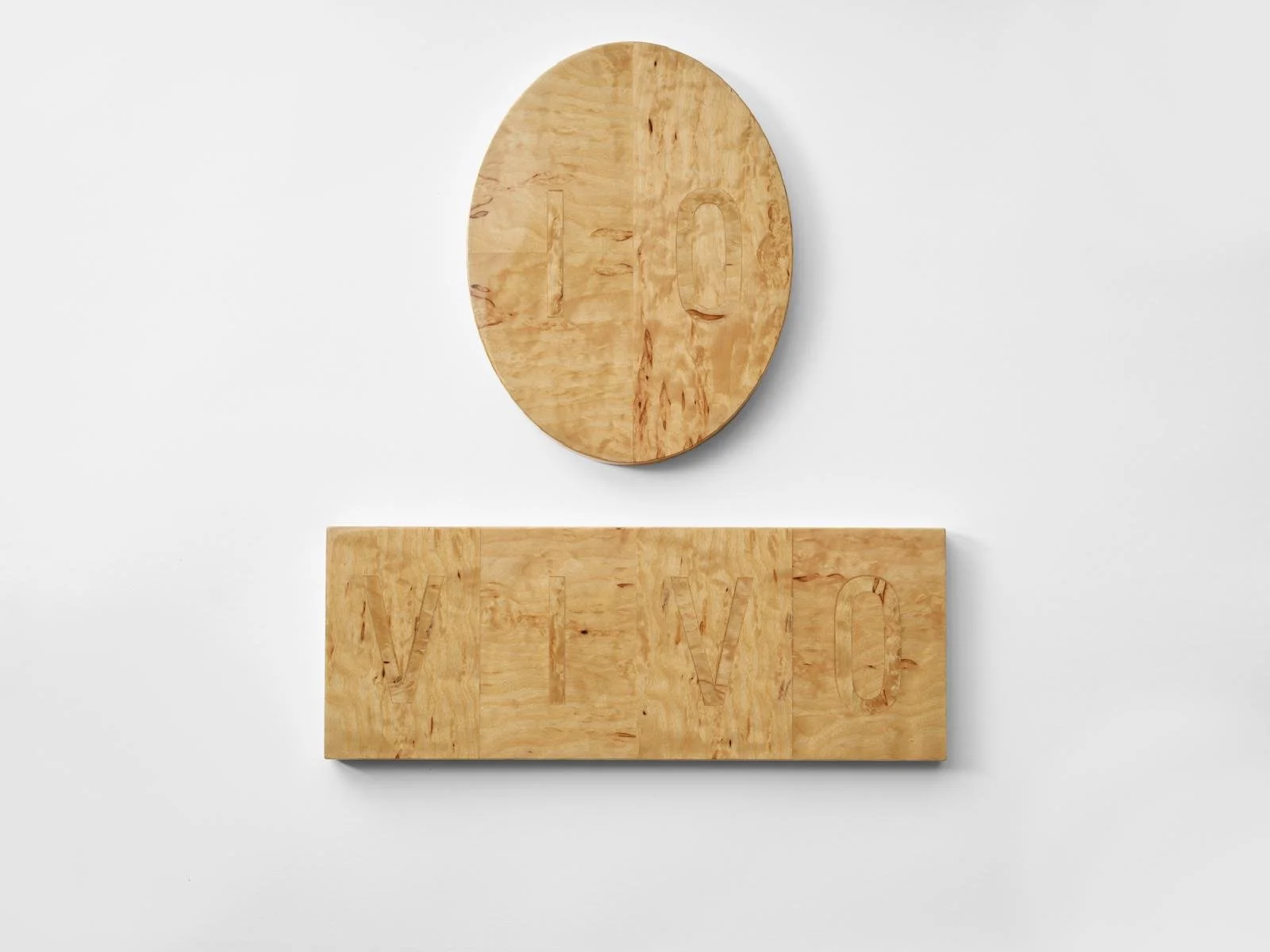GERALDINA BASSANI
Geraldina Bassani Antivari (b. 1987, Sorengo, Switzerland) is a mixed-media artist and designer based in Switzerland and Italy.
With a career spanning over 15 years in the fashion industry, Bassani Antivari brings a unique sensibility to her artistic practice, which includes glass, paintings, sculptures, embroideries, marquetry, and assemblages. Her work is deeply rooted in a passion for textiles and artisanal crafts.


